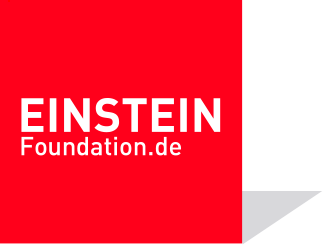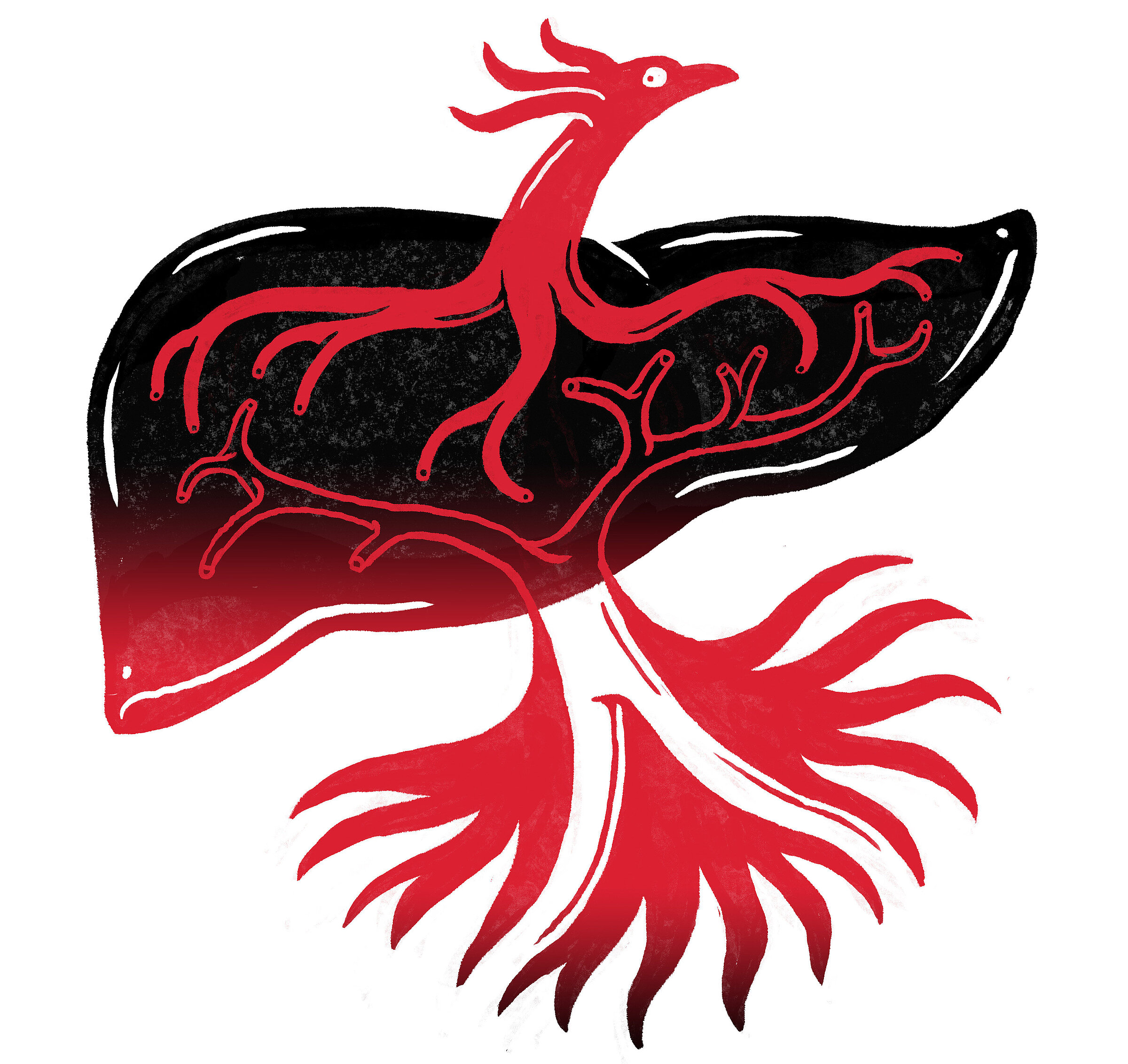Much of our work focuses on non-alcoholic fatty liver disease, which is the accumulation of fat in the liver, usually paired with diabetes and obesity resulting from a modern diet. We estimate that between 30 and 40 percent of the population could have a fatty liver, and in many cases, this can become a chronic disease. The accumulation of fat induces cell death and the liver transforms into a stone-like object before eventually ceasing to function. When this happens, patients need an organ transplant, a highly risky procedure that depends upon finding the right donor.
Our goal is to create new therapies that can replace liver transplantation. This entails three approaches: Firstly, we are trying to develop medication that can block the progression of the disease or stop the damage it causes. We use complex liver organoids with blood vessels and bile ducts to screen drugs in vitro and find small molecules that can do the job. But they will never be enough to tackle all types of diseases – or even every stage of a single disease. That is why we are also looking at ways to control and accelerate the liver’s natural regeneration mechanisms.
Much of our work focuses on non-alcoholic fatty liver disease, which is the accumulation of fat in the liver, usually paired with diabetes and obesity resulting from a modern diet. We estimate that between 30 and 40 percent of the population could have a fatty liver, and in many cases, this can become a chronic disease. The accumulation of fat induces cell death and the liver transforms into a stone-like object before eventually ceasing to function. When this happens, patients need an organ transplant, a highly risky procedure that depends upon finding the right donor.
Our goal is to create new therapies that can replace liver transplantation. This entails three approaches: Firstly, we are trying to develop medication that can block the progression of the disease or stop the damage it causes. We use complex liver organoids with blood vessels and bile ducts to screen drugs in vitro and find small molecules that can do the job. But they will never be enough to tackle all types of diseases – or even every stage of a single disease. That is why we are also looking at ways to control and accelerate the liver’s natural regeneration mechanisms.
Our third and most promising approach is cell-based therapy. We use pluripotent stem cells to grow the needed cell types in vitro and inject them into the portal vein, which is one of the main vessels to the liver. These transplanted cells will enter the organ and start replacing the cells that have been damaged or are missing.
Currently, one of my group’s key tasks is to improve the capacity of the injected cells to enter the liver and engraft in the correct niche. We have already shown that this can work in mice. Now we hope to transfer the procedure to humans. Cell-based therapy will create a new generation of treatment options in the next few years, giving rise to a whole new type of medicine.
Very few studies on liver biology, disease, and regeneration have been conducted in recent years. This was simply due to alcoholism being the leading cause of liver failure and the subsequent lack of funding. Now we are seeing a veritable explosion of studies on the liver; it is a highly dynamic field with many interesting questions and a clear clinical need. This really motivates me. I want to understand the basic mechanisms and translate this knowledge into something useful for patients and society.
For me, science is more than just a job: It is a passion. We dedicate a large part of our lives to it, make countless sacrifices, and devote a huge amount of our time and energy. We always need to keep our mission in mind so we do not forget why we are here.


